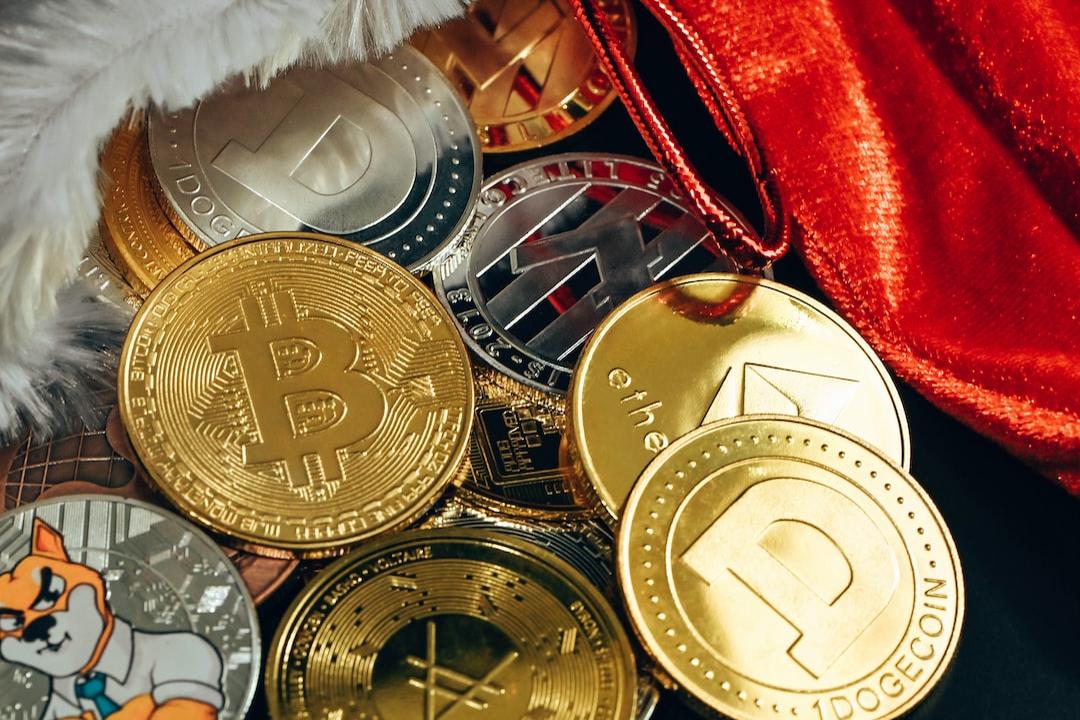What happened to Ethereum in 2024?
It has been an extraordinary year for Ethereum. There have been highs and lows, as well as various crises and competition from Solana.
One notable event was the approval of 11 Bitcoin ETFs by the U.S. Securities and Exchange Commission (SEC) on January 11, 2024. This approval, along with the expectation of Ethereum ETF approval, led to a significant increase in Ethereum’s price. Within a little over a month, the price nearly doubled.
On July 23, the U.S. Ethereum ETF went live, and within 45 minutes of trading, the volume exceeded $200 million. However, the price did not experience a significant increase as the market had already priced in the expectation of the ETF approval in the first half of the year.
After the initial surge, Ethereum’s price started to decline in August. It went through a continuous seven-day decline, dropping from a high of $3366 to a low of $2111. The price then entered a period of consolidation.
The price fluctuations reflect the high volatility of the crypto market and the impact of market participants’ emotions, expectations, and external events.
Behind these price fluctuations are several logical factors. For example, the significant increase in price after the approval of the Bitcoin ETF and the subsequent waterfall-like decline due to the lack of sustained innovation and market demand. The price also surged after Trump’s election victory.
Looking back at Ethereum’s price trends, it is evident that technological advancements have played a crucial role alongside external macro factors. The launch of Ethereum 2.0, the implementation of Layer2 scalability solutions, and continuous optimization and updates of the Ethereum network have been market focal points. However, these advancements often get overshadowed by short-term market sentiments.
In terms of technical advancements, notable proposals include Beam Chain, which was introduced by Ethereum researcher Justin Drake at Devcon. Beam Chain is a proposal to redesign the Ethereum consensus layer, aiming to enhance the Beacon Chain by addressing MEV, reducing staking thresholds, achieving fast finality, and implementing ZK rollups.
The Dencun upgrade, launched on March 13, 2024, combined the Deneb consensus layer and Cancun execution layer updates. The upgrade included EIP-4844 Proto-danksharding, which allows Rollup to send transaction data as a Blob to Layer1, reducing costs. However, this also resulted in a significant decrease in Ethereum’s revenue.
The Pectra upgrade combined Prague execution layer upgrade and Electra consensus layer upgrade. It included EIP-7702, which expands smart contract functionality to externally owned accounts (EOA). Pectra is a precursor to the Fusaka upgrade, which aims to transition Ethereum’s state data from Merkle Patricia trees to Verkle structures, enabling smaller proofs and the achievement of stateless clients.
There have also been other EIPs related to account abstraction, cross-chain standards, and Rollup standards, such as ERC-4337 and ERC-7683.
Overall, Ethereum’s journey in 2024 has been eventful, with challenges, upgrades, and debates. The future direction of Ethereum remains uncertain, with ongoing discussions and developments shaping its path.
(Image)

